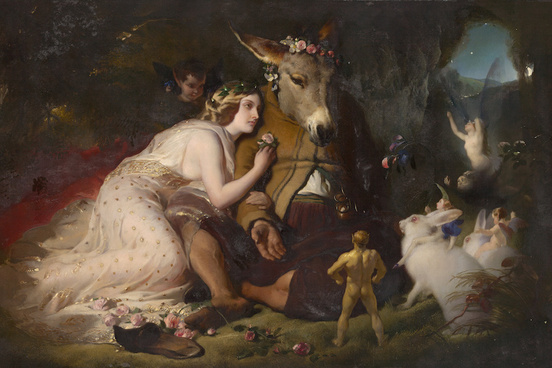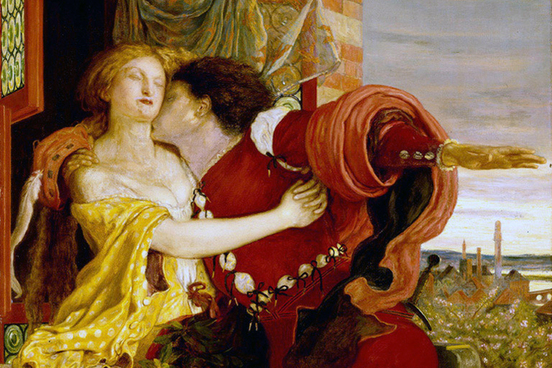What hempen home-spuns have we swaggering here...
—A Midsummer Night’s Dream, 3.1.67
Clothes, they say, make the man—or unmake him, as the case may be.
In this scene from A Midsummer Night’s Dream, Puck has just happened upon an impromptu play. He isn’t just calling the band of actors he’s run into rustic—hempen means “made of hemp,” and hemp was traditionally used to weave coarse cloth (like burlap) and ropes. These actors aren’t just unsophisticated, but painfully so.
In Shakespeare’s day, cloth wasn’t just a commercial product. It’s true that there were guilds of weavers who turned out different kinds of cloth for those who could afford to buy it, but cloth was also commonly made at home (and particularly by those without the means to buy cloth from the weaving guilds). The cloth made at home was usually simpler than the cloth made for the marketplace—a loom that was able to weave complicated patterns, for instance, was often larger and much more expensive than a simple frame loom used to make plain weave. But it didn’t stop and start just at the weaving. The raw materials used for the cloth were also produced in a parallel fashion to how the cloth was woven: those with money could buy nicer thread made with exotic and expensive materials (like silk) in the market, and those without could spin wool or flax at home.
Homespun referred to a type of plain weave cloth that was woven using thread spun at home, and because plain weave cloth is plain, the word homespun also came to refer to anything rustic, simple, or unsophisticated.




















